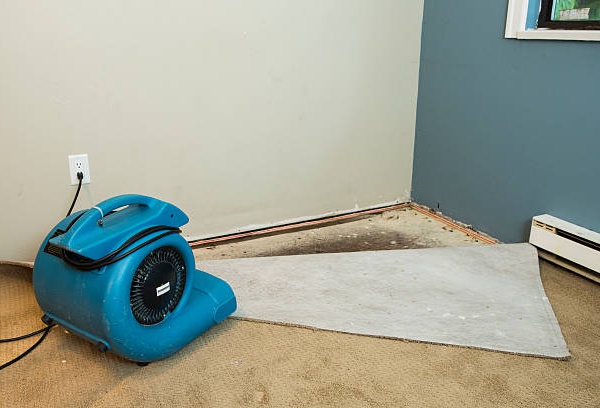There are a few basic types of buckets. These include grading buckets and clean-up buckets. These buckets have an extra row of teeth that are great for breaking up hard soil. They also make the excavator work faster. These buckets come in different sizes.
General purpose excavator buckets
General purpose excavator buckets are the standard attachments for excavators and can be used for digging, loading, and cleaning ditches. Alternatively, you can choose a heavy-duty bucket if you’re excavating highly abrasive materials. These buckets can withstand high breakout forces and are often equipped with teeth to protect against abrasion.
General purpose excavator buckets are high-quality steel to handle the toughest digging conditions. They have sidebar protection and wear plates for seamless corner protection. In addition, each bucket has heel clearance, which improves wear and tear on the machine. And, because they are made of 400-Brinell steel, they can handle more than thirty percent more wear than T1 steel.
General purpose excavator buckets are designed to work in all ground conditions. From topsoil and clay to sand, gravel, and loose stones, general-purpose buckets can handle a wide range of materials. They’re also designed to work with pin grabbers. General purpose buckets are available in all sizes and widths.
General purpose excavator buckets are available in a variety of shapes and designs. Some are specifically designed for a specific purpose, such as trenching. Others are multipurpose, allowing multiple digging jobs to be done with a single bucket.
General purpose clean-up buckets
Choosing the right bucket size depends on the type of material being removed. For instance, a 30-inch bucket should be used for an 18-inch trench. Some buckets handle certain materials better than others, such as rock or gravel. In addition, certain buckets are designed for specific types of soil. For example, a rock bucket will have a V-shaped cutting edge and long teeth that will help push heavy loads with more force. The correct bucket size is also dependent on the density of the material being removed.
Excavators come with a variety of standard attachments, including a digging bucket. It is most common for cleaning up dirt, but it can also be used to load dump trucks or pipelines. It is helpful for various tasks and can be equipped with a wear-protection component.
Choosing the proper bucket size depends on the type of material and the density of the material. Ideally, an excavator bucket should be the same width as the trench to accommodate heavy materials. In addition, the bucket must have a lift ratio that allows the excavator to lift and move the material.
General purpose clean-up buckets for excavators can be purchased in different sizes and styles. These buckets are called gummy buckets, digging buckets, or GP buckets. They are designed for years of usage and are often made in Australia. Sieve buckets are popular for sorting and sifting soil and are available in many sizes and styles.
General purpose grading buckets
General purpose excavator grading and dumping buckets are ideal for various applications. They can handle different ground conditions and are made from heavy-duty steel. They feature teeth to facilitate efficient excavation. Typical uses include trench digging, grading, loading and unloading materials, and cleaning ditches. These buckets are also able to create accurate slopes.
Choosing the right hydraulic grab bucket by labadiengineering.com.au is extremely important. The wrong choice can negatively affect productivity, fuel efficiency, and overall bucket durability. It is also essential to consider safety when choosing a bucket, including side cutters. A bucket that isn’t designed to handle a specific job could lead to serious problems.
Buckets should be checked periodically to ensure their durability. They should be checked for loose pins, bushings, and couplers. They should also be used to inspect the ground beneath them. If they become worn out, they need to be replaced. They should also be sized for the excavator they’re being used on. Choosing the right size for the excavator can improve productivity and efficiency.
General purpose excavator grading and dumping buckets come in a variety of sizes. You can choose a bucket that can handle heavy loads depending on your specific needs. For instance, a bucket with a larger capacity can be used for sanding. In addition, it needs less bedding materials than a typical excavator.


